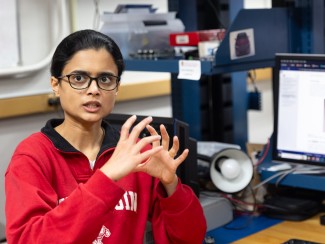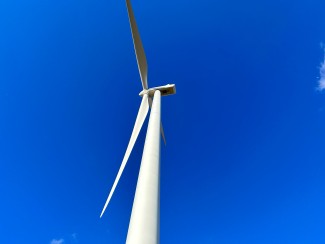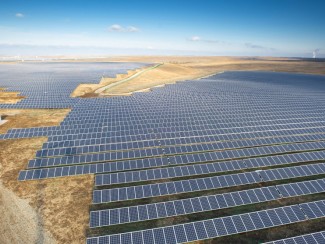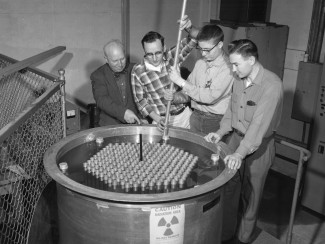Wind energy is soaring in the U.S.; the nation’s renewable energy capacity has more than tripled in the past nine years, and wind and solar power are largely responsible. Now businesses want to harness even more wind energy, at a cheaper price—and one of the best ways to lower cost is to build bigger turbines. That’s why an alliance of six institutions led by researchers at the University of Virginia are designing the world’s largest wind turbine at 500 meters tall—almost a third of a mile high, and about 57 meters taller than the Empire State Building.
Turbines are already noticeably larger than they were 15 or 20 years ago. Size varies, but today’s typical wind farm towers stand around 70 meters tall, with blades about 50 meters long. Their power output depends on size and height, but it generally ranges between one and five megawatts—on the upper end, that’s enough to power about 1,100 homes. “There's this motivation to go to larger wind turbines, and the reason is pretty much economics,” explains John Hall, an assistant professor of mechanical and aerospace engineering at the University at Buffalo, S.U.N.Y. One reason giant turbines are more cost-effective is that wind blows stronger and more steadily at greater altitudes. Thus, “you capture more energy” with a taller structure, says Eric Loth, project leader of the massive turbine project, which is funded by the U.S. Department of Energy’s Advanced Research Projects Agency–Energy (ARPA–E).
Another reason wind experts say bigger is better: longer turbine blades also catch the wind more efficiently, and taller towers enable lengthier blades. A turbine’s power is directly related to its “swept area”—the circular area covered by the blades’ rotation—explains Christopher Niezrecki, a professor of mechanical engineering and director of the Center for Wind Energy at the University of Massachusetts Lowell. And this relationship is not linear—if blade length doubles, a system can produce four times as much energy, Niezrecki explains. He notes that bigger turbines also have a lower “cut-in” speed, the wind speed at which they can start generating energy.





